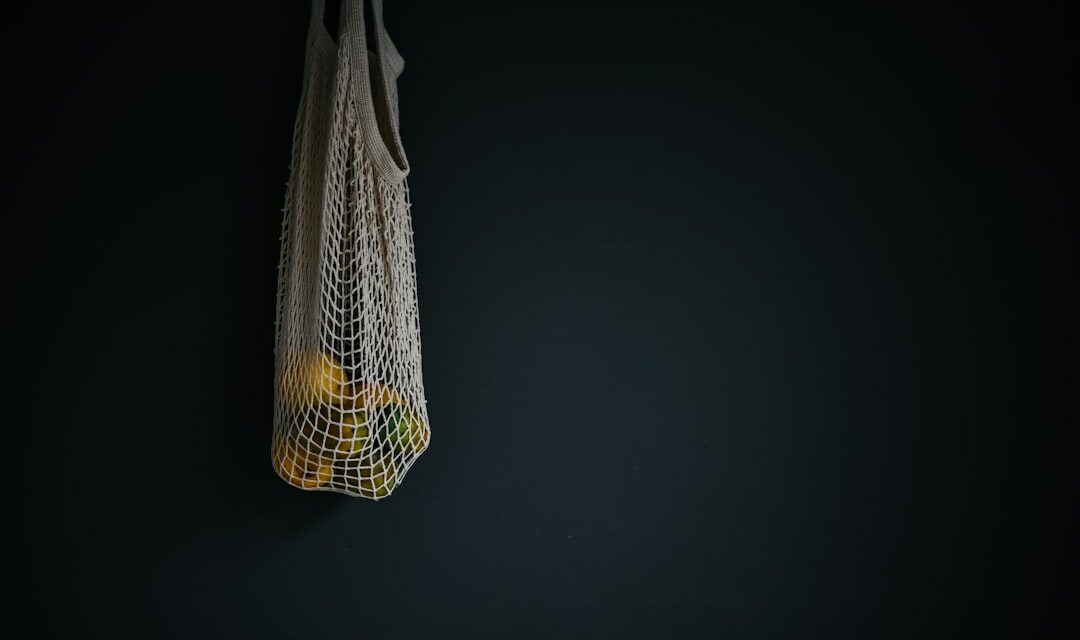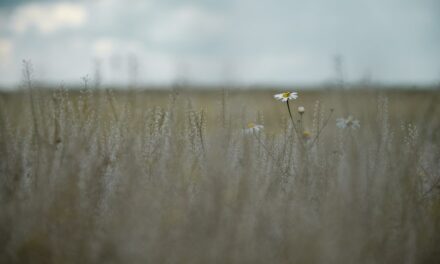Lucas van Leyden, born in 1494 in the city of Leiden, was a prodigious talent whose early life set the stage for his remarkable contributions to the Northern Renaissance. His father, a painter himself, likely played a pivotal role in nurturing Lucas’s artistic inclinations from a young age. The environment of Leiden, a burgeoning centre for trade and culture during the late 15th century, provided a rich backdrop for his formative years.
It is believed that Lucas began his artistic training in his father’s workshop, where he would have been exposed to various techniques and styles prevalent in the region. This early exposure to the craft undoubtedly laid the groundwork for his later innovations. As a young artist, Lucas van Leyden was influenced by the works of contemporaries such as Albrecht Dürer and Hans Holbein.
His education was not limited to formal training; he was also an astute observer of the world around him. The vibrant culture of Leiden, with its bustling markets and diverse populace, offered him a wealth of inspiration. By the age of 16, he had already established himself as a skilled engraver, showcasing his talent through intricate woodcuts and etchings.
This early success not only marked him as a rising star in the art world but also indicated his potential to influence the trajectory of Northern Renaissance art.
Summary
- Lucas van Leyden was born in Leiden, Netherlands, in 1494 and showed early talent as an artist.
- Influenced by Albrecht Dürer and the Italian Renaissance, Lucas developed a unique style blending northern and southern artistic traditions.
- Notable works include “The Last Judgment” and “The Dance of the Magdalene,” exploring themes of morality and human nature.
- Lucas van Leyden’s impact on the Northern Renaissance was significant, inspiring a new generation of artists and influencing the development of printmaking.
- Known for his innovative use of engraving and painting, Lucas van Leyden’s legacy continues to inspire artists and collectors today.
Influences and Style
Lucas van Leyden’s artistic style is characterised by a unique blend of realism and intricate detail, which can be traced back to various influences that shaped his development. The Northern Renaissance was marked by a fascination with naturalism and the human form, and Lucas embraced these ideals wholeheartedly. His exposure to the works of Italian masters, particularly those who emphasised perspective and anatomical accuracy, played a significant role in shaping his approach.
However, unlike many of his contemporaries who were heavily influenced by Italian art, Lucas maintained a distinctly Northern sensibility, focusing on meticulous detail and rich symbolism. The influence of religious themes is also evident in Lucas’s work. Growing up in a period marked by significant religious upheaval, he often incorporated biblical narratives into his pieces.
His ability to convey complex theological concepts through visual storytelling set him apart from other artists of his time. The emotional depth and psychological insight present in his figures reflect a keen understanding of human nature, which resonated with audiences and contributed to his lasting appeal. As he matured as an artist, Lucas developed a style that combined these diverse influences into a cohesive body of work that was both innovative and deeply rooted in the traditions of Northern Europe.
Notable Works and Themes
Among Lucas van Leyden’s most notable works is “The Adoration of the Magi,” a masterful piece that exemplifies his ability to blend intricate detail with profound narrative depth. In this work, he captures the moment when the Magi present their gifts to the infant Christ, infusing the scene with rich symbolism and emotional resonance. The figures are rendered with remarkable precision, showcasing Lucas’s skill in portraying human expressions and gestures.
This piece not only highlights his technical prowess but also reflects the broader themes of faith and devotion that permeate much of his oeuvre. Another significant work is “The Last Judgment,” which serves as a powerful commentary on morality and redemption. In this engraving, Lucas depicts the dramatic moment of divine judgement with an array of figures representing both the damned and the saved.
The composition is dynamic, drawing the viewer’s eye across the chaotic scene while inviting contemplation on the nature of sin and salvation. This work exemplifies Lucas’s ability to engage with complex theological themes while maintaining a strong visual impact. Throughout his career, he consistently explored themes of morality, faith, and human experience, making his art not only visually stunning but also intellectually stimulating.
Lucas van Leyden’s Impact on the Northern Renaissance
Lucas van Leyden’s contributions to the Northern Renaissance were profound and far-reaching. As one of the leading figures in Dutch art during the early 16th century, he played a crucial role in shaping the artistic landscape of his time. His innovative techniques in engraving and printmaking helped to elevate these mediums to new heights, allowing for greater dissemination of art and ideas across Europe.
This accessibility contributed to the spread of Renaissance ideals beyond Italy, fostering a vibrant artistic community in the North. Moreover, Lucas’s emphasis on narrative depth and emotional expression influenced subsequent generations of artists. His ability to convey complex themes through visual storytelling resonated with many who followed in his footsteps.
Artists such as Pieter Bruegel the Elder and Rembrandt would later draw inspiration from Lucas’s work, incorporating similar techniques and thematic concerns into their own practices. In this way, Lucas van Leyden not only left an indelible mark on his contemporaries but also laid the groundwork for future developments in Northern European art.
The Artist’s Technique and Mediums
Lucas van Leyden was renowned for his mastery of various artistic techniques and mediums, particularly engraving and woodcut printing. His engravings are characterised by their intricate detail and precision, showcasing his exceptional skill in manipulating line and texture. Unlike many artists of his time who primarily focused on painting, Lucas embraced printmaking as a means of artistic expression.
This choice allowed him to reach a wider audience, as prints could be reproduced and distributed more easily than paintings. In addition to engraving, Lucas was also adept at woodcut printing, which he employed to create striking images that often accompanied texts or served as standalone works of art. His woodcuts are notable for their bold lines and dynamic compositions, reflecting both his technical prowess and creative vision.
The combination of these mediums enabled him to explore various themes and subjects while pushing the boundaries of artistic expression during the Northern Renaissance. His innovative approach to technique not only distinguished him from his contemporaries but also contributed significantly to the evolution of printmaking as an esteemed art form.
Lucas van Leyden’s Legacy and Influence on Later Artists
The legacy of Lucas van Leyden is evident in the works of numerous artists who followed him, both within the Netherlands and beyond. His pioneering techniques in engraving set a standard for future generations, influencing artists such as Albrecht Altdorfer and Hans Sebald Beham. These artists adopted elements of Lucas’s style while infusing their own interpretations, creating a rich tapestry of artistic expression that continued to evolve throughout the 16th century.
His ability to convey complex human emotions through visual storytelling inspired artists like Caravaggio and Rembrandt, who sought to capture similar depths of character in their own works. The impact of Lucas van Leyden extends far beyond his lifetime; his innovations in technique and thematic exploration continue to resonate within the art world today.
The Artist’s Personal Life and Relationships
While much is known about Lucas van Leyden’s artistic achievements, details about his personal life remain somewhat elusive. He was known to have been deeply committed to his craft, dedicating much of his time to painting and printmaking. However, it is believed that he maintained close relationships with fellow artists and patrons throughout his career.
These connections likely provided him with valuable support and opportunities for collaboration. Lucas’s personal life was also marked by the socio-political changes occurring during his lifetime. The Reformation had a profound impact on society, influencing not only religious beliefs but also artistic expression.
As an artist navigating this tumultuous landscape, Lucas’s relationships with patrons may have been shaped by their own beliefs and affiliations. This interplay between personal connections and broader societal changes undoubtedly influenced both his work and legacy.
Lucas van Leyden’s Travels and Artistic Development
Lucas van Leyden’s artistic development was undoubtedly enriched by his travels throughout Europe. While specific details about his journeys are scarce, it is believed that he visited major artistic centres such as Antwerp and possibly even Italy. These travels would have exposed him to diverse artistic styles and techniques, further broadening his understanding of art.
The influence of Italian Renaissance art is particularly evident in some of Lucas’s later works, where he began to incorporate elements such as perspective and chiaroscuro into his compositions. This synthesis of Northern detail with Italianate forms exemplifies how travel can serve as a catalyst for artistic growth. By engaging with different cultures and artistic traditions, Lucas van Leyden was able to refine his own style while contributing to the rich tapestry of Northern Renaissance art.
Lucas van Leyden’s Role in the Reformation
Lucas van Leyden lived during a time when Europe was undergoing significant religious transformation due to the Reformation. This period saw a shift away from Catholicism towards Protestantism, which had profound implications for artists like Lucas who were navigating these changing tides. His work often reflected themes associated with Protestant beliefs, such as individual faith and moral responsibility.
In particular, Lucas’s engravings frequently depicted biblical narratives that resonated with Protestant ideals. His ability to convey complex theological concepts through visual means allowed him to engage with contemporary debates surrounding faith and morality. As such, he played an important role in shaping how art could be used as a vehicle for religious expression during this transformative period.
The Artist’s Critical Reception and Contemporary Influence
During his lifetime, Lucas van Leyden garnered considerable acclaim for his artistic achievements. His innovative techniques and thematic explorations were widely recognised by both patrons and fellow artists alike. However, like many artists from earlier periods, he faced challenges in maintaining visibility amidst changing tastes in art.
In contemporary times, there has been a resurgence of interest in Lucas van Leyden’s work as scholars continue to explore his contributions to art history. Exhibitions showcasing his engravings have highlighted their significance within the broader context of Northern Renaissance art. This renewed appreciation underscores how critical reception can evolve over time as new generations seek to understand the complexities of past artistic practices.
Collecting and Appreciating Lucas van Leyden’s Art
Collecting works by Lucas van Leyden has become increasingly popular among art enthusiasts and collectors alike. His engravings are particularly sought after due to their rarity and historical significance within the Northern Renaissance canon. Collectors often appreciate not only the aesthetic qualities of these works but also their cultural context—each piece serves as a window into an era marked by profound change.
Art institutions around the world have recognised the importance of preserving Lucas’s legacy through exhibitions dedicated to his work. These exhibitions provide opportunities for audiences to engage with his art on multiple levels—appreciating both its technical mastery and its thematic depth.
If you are interested in exploring different artistic techniques, you may also enjoy reading this article on teaching perspective to children using basic one-point techniques. It provides valuable insights on how to introduce young artists to the concept of perspective in a fun and engaging way. This article complements the in-depth guide to the artist Lucas van Leyden by offering practical tips on how to nurture creativity in budding artists.




